Is Your Grass Greenest?
For many independent garden centers, lawn care products have become a small part of their product offerings, taking a distant backseat to such things as flowering plants, garden décor and even birding products. Perhaps the result of slow turns, competition from the box stores or low margin, our industry seems to be giving up on this category.
Homeowners view lawn care very differently. Practically everyone enjoys the look of a nice, healthy lawn in a landscape. Not only do lawns help cool the environment and reduce soil erosion, they increase property value. Additionally, many homeowners spend more time and money on lawn care than any other gardening activity.
The difficulty with lawn care, as with other categories such as water gardening and pet supplies, is that you have to make a substantial investment in the category to be really successful with it. Can you sell lawn fertilizer if you stock it in the chemical department with other fertilizers? Definitely. But there is no middle ground. Carrying a few bags of grass seed and a couple of spreaders in the back corner of the garden center is not going to help your bottom line very much. Nice lawns require constant care, specialized equipment and a certain degree of devotion. With the right products and knowledge, you can tap into that devotion and really profit from lawn care.
Seed Or Sod
The most important part of a lawn is the actual grass. Homeowners can spend thousands of dollars on a nice lawn tractor, fertilize regularly and yank out every single weed, but if the grass variety is not well-suited to the location, if the seed is old or if the sod is not pure, the lawn will never really look good. Your main job as a retailer of lawn care products is to make sure your customer buys the best possible starting material.
The two primary methods of establishing turfgrass in a lawn are seed and vegetative propagation, and each method has its own pluses and minuses. Until recently, seed was by far the most popular method for establishing a lawn, but all forms of vegetative propagation, including sodding, sprigging and plugging, now seem to be the preferred method of establishment for those who can afford it. Propagating vegetatively is labor intensive, making it more expensive, but it gives the quickest, best coverage an instant lawn. Seeding is usually the easiest and most economical method of plant-ing grasses, but some varieties will not establish from seed and this method always take longer than vegetative propagation.
Seed. Not all grass seed is created equal. Often, less expensive seed has low germination and lots of impurities, particularly weeds. If you are stocking seed, make sure you work with a reputable supplier that carries very high quality seed to help your customers have the best success. Checking your seed quality is easy. Federal and state laws require that each container of seed have a tag listing turfgrass species and cultivar, purity, percent germination and weed content. Purity tells the amount (as a percentage) of the desired seed in your particular lot. The purity also lists any other seed in the lot and any inert matter. Percent germination tells the amount of seed expected to germinate under optimum conditions; keep in Á mind that your customer’s yard will almost certainly not be optimum conditions. The quantity of weed seeds in the lot is also listed. Read the tag thoroughly to be sure you are purchasing high quality seed. Try to purchase seed that has a purity of 90 percent or higher and a germination of 85 percent or higher.
Sod. Using sod, squares of turf that are laid end-to-end to give an instant lawn, is the most common non-seed method of starting a lawn, though some people opt for the less expensive methods of plugging or sprigging. Compared to seed, sod is much more difficult to care for and requires a much greater commitment from the homeowner and the garden center owner. Since it is essentially pieces of grass and dirt, it must be cared for just like a living lawn. Sod typically arrives on pallets and should be inspected before acceptance. Check for signs of weeds, insects or diseases to guarantee you are stocking the best possible product. To ensure high quality, sod should be sold within 48 hours of arrival, though storage in a cool, dry place and a slight, occasional watering might prolong its life somewhat.
Plugs and sprigs must be cared for and inspected in much the same way as sod. These are living pieces of grass and will quickly deteriorate, often faster than sod because there is less soil attached. Plugs have often been cut into 2- or 4-inch pieces from a larger piece of sod, which you can do onsite. Sprigs are individual stems or pieces of grass with at least one joint that can develop a root. They typically do not have roots. Sprigs can be purchased by the bushel but are more often taken directly from larger pieces of sod.
Products To Stock
Although grass is like most other plants in its cultivation requirements (light, water and food), it does have some specialized needs that will require you to stock products especially for lawn care. In years past, these products took up quite a bit of space, especially lawnmowers, but with $99 lawnmowers so prevalent at discount stores, stocking lawnmowers at independent garden centers no longer makes sense. The only product now sold by independents that can take up lots of space is planting materials, particularly sod.
Irrigation Equipment. For lawn care, irrigation equipment is more than just a hose and water. According to the University of Florida, more lawns are damaged due to improper irrigation practices than any other single cultural practice, mostly because homeowners do not have an adequate irrigation system. Especially in areas of intermittent rain, most lawns should have an irrigation system at least designed and preferably installed by a professional. This will ensure water is delivered uniformly and at the proper amount. If your garden center has a landscape department, sprinkler installation should be offered and advertised in your lawn care department. If not, quality product selection may be the most Á important thing you can offer customers to help ensure the success of their lawns.
Fertilizer. All lawns need fertilizer. Depending on time of year, soil composition and type of grass, lawns will need different amounts and types of fertilizers: You should be ready to service this demand with a variety of fertilizer types and lots of advice.
The typical recommendation for maintenance lawn fertilization is for a slow-release fertilizer with low phosphorus (the second number in an N-P-K ratio) and high potassium (the third number in an N-P-K ratio) to be applied approximately every 60 days at a rate of 1 lb. of nitrogen (the first number in an N-P-K ratio) per 1,000 sq.ft. Most lawn care questions can be addressed with this previous statement. Still, a formula is not very helpful for most people; a handout consisting of a rate chart and a suggested fertilizing schedule will save lots of customer headaches and employee hours.
Pest Care. A lawn that is properly fertilized, mowed and irrigated will typically out-compete most weeds, diseases and insects, but some degree of pest control will often be required in spite of best cultural practices.
Some weeds require chemical control after they have sprouted, while others can be controlled pre-emergence. You will need to stock herbicides to address both circumstances as well as a method for identifying weeds.
Diseases and insects will need to be identified by sight or symptom and treated accordingly. You should be familiar with the most common types of weeds, diseases and insects in your area because customers rarely have this kind of knowledge. Control measures can take the form of chemical or biological; don’t overlook either category because there are times and customers for each. Disease and insect products are often very pest specific, so your selection may need to be fairly large to ensure you have the specialized chemicals for best control.
Other Items. In addition to the general categories above, there are a number of other products you may want to stock. Things like seed and fertilizer spreaders and aeration equipment are fairly good sellers and necessary for proper lawn care.
Is It For You?
Establishing a profitable lawn care department will takes a certain degree of effort from you and your staff. Purchasing adequate products is expensive and building your knowledge base is time consuming, but having another profit center that sets you apart from everyone else might just make it worth the effort.

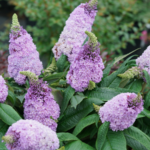
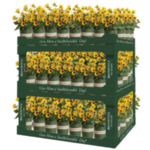
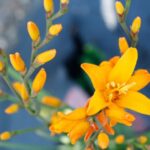


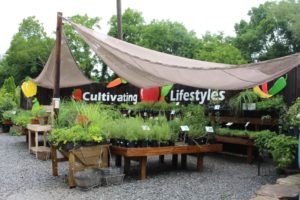
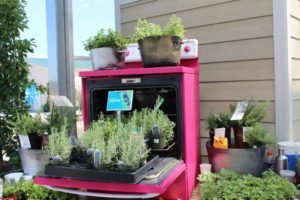

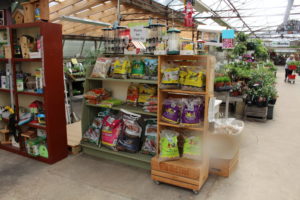
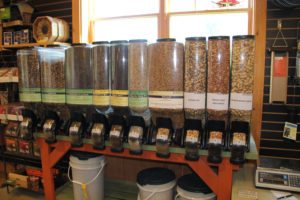

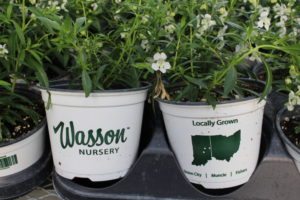


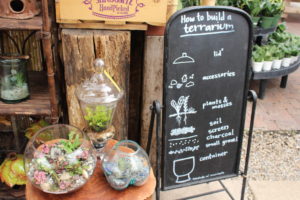
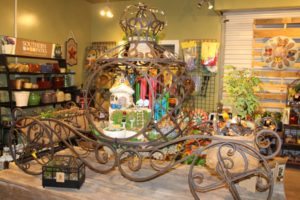
 Videos
Videos





